

Even ladies with the most delicate features, the softest skin, and the most defined jawline can feel self-conscious when they have acne scars on their faces. But did you know that by learning how to hide a scar on your face, you can regain your confidence right away?
Wondering how to hide scars without undergoing cosmetic procedures or dermatological treatments? Your ideal option is to invest in the best makeup to cover scars, like the Dermaflage Topical Filler. It easily fills and conceals recessed scars, starting with a gel-like consistency and drying to a flexible film in a couple of minutes. Convenience aside, the topical filler looks like real skin. It’s waterproof, too.
Dermaflage also features the Acne Scar Filler, a topical acne scar filler invented in Hollywood and made to look like real skin. It was specifically formulated to fill boxcar scars, ice-pick acne scars, rolling scars, and other types of acne scars. One of the best things about this product is that it’s waterproof and non-irritating, meaning you can keep the makeup on all day and not worry about acne breakouts.
Before using makeup to cover scars, however, you must familiarise yourself with the type of acne scar you’re dealing with and all possible options to address it.
Keep reading to learn about different acne scars and discover how to cover acne scars with makeup.
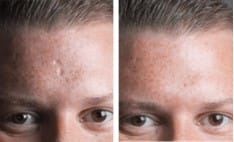
What are the Different Types of Facial Acne Scars?
We can categorise acne scars into two main categories: Atrophic and hypertrophic scars.
Atrophic scars result from the loss of tissue and include boxcar, ice pick, and rolling scars. Meanwhile, hypertrophic scars result from excess tissue and may sometimes be referred to as keloid scars. Both can be stubborn to treat and require professional treatment to see a noticeable improvement in appearance and texture. Nevertheless, you can temporarily hide them with quality makeup to cover scar appearances.
Atrophic Scars
Atrophic scars include boxcar scars, ice-pick scars, and rolling scars. These are the most common acne scars — not including post-inflammatory hyperpigmentation, a flat discolouration that fades away over time and isn’t considered an actual acne scar.
Boxcar scars appear round or oval, and they have steep vertical sides. They make the skin look pitted and uneven. Dermatologists would suggest dermabrasion, dermal fillers, or laser therapy to make the scar less noticeable.
Ice pick scars
Ice pick scars are deep and narrow, making them a huge challenge to treat. They are often the result of blemish-related or cyst-related inflammation and infection. The most common treatments are chemical peeling, punch incisions, and punch grafting.
Rolling scars
And as the name implies, rolling scars look like rolling depressions across the skin. They aren’t sharply defined like boxcar scars, so they make the skin look extra uneven. They usually result from fibrous bands of tissue between the skin and the tissue underneath.
Subcision is the most effective way to address them permanently.
Hypertrophic Scars
The other type of acne scars — hypertrophic scars — are raised scars resulting from a deep wound or trauma. Some people may also look for ways on how to hide a scar on your leg or torso because hypertrophic scars can appear anywhere on the body.
Keloids are a severe type of hypertrophic scar. They can grow much larger than the original wound and might keep expanding long after the wound has healed. They may have raised lateral shoots across the skin.
Like other hypertrophic scars, keloids may result from the overproduction of collagen for skin repair — even when the wound has healed, and there’s no further need for it. Possible treatment options include corticosteroid injections, cryotherapy, laser therapy, silicone sheets, and surgical removal.

In What Ways Can You Address Acne Scars?
Dermaflage is the leading expert on how to hide scars. The revolutionary Hollywood Topical Filler developed in SFX, uses silicone to simulate skin. It fills and conceals recessed scars instantly.
Unfortunately, many acne scars are permanent. They can’t clear up entirely by themselves as post-inflammatory hyperpigmentation can, so you would need to use over-the-counter medication or schedule professional treatment for them.
Keep in mind that while over-the-counter remedies might have the ability to improve the texture and appearance of minor scars and blemishes, dermatological treatment is recommended for severe acne scars.
Moreover, consider scheduling an appointment with a dermatologist or skin doctor as soon as possible if you plan to have the scars treated. They can get worse with age, leaving deeper depressions in the skin.
Some of the most common treatment options for acne scars include:
- Chemical peeling
- Dermabrasion
- Dermal fillers
- Laser treatment
- Subcisions
That being said, you don’t always need dermatological treatments to reduce the appearance of acne scars. There are other ways you can conceal them. For example, if you aren’t too bothered by them and would only want to conceal them when you’re dressing up for a big night out or a special occasion, you can learn how to cover up scars with makeup. Different types of fillers and concealers can even out the appearance and texture of your skin and make those scars disappear temporarily.
How Do You Use Makeup to Cover Acne Scars?
Regardless of whether or not you get professional treatment for acne scars, the reality is that they won’t disappear instantly. You might need to schedule a few sessions to make them unnoticeable. Moreover, it’s important to understand that not all acne scars will fade permanently. Some will leave traces on your skin for life.
This is why it helps if you know how to hide a scar with makeup. Here’s a quick step-by-step guide to ensure you look flawless every time:
- Always start with a clean, fresh, and moisturised face.
- Use a scar removal kit to fill out acne scars and smoothen frown lines.
- You may opt to apply a primer to ensure your makeup goes on smoothly.
- Blend concealer on blemishes and, if necessary, around the acne scars.
- Wait for the concealer to settle, then apply your go-to foundation.
- Set your base makeup with a pressed powder or loose powder.
- Apply eye, cheek, and lip makeup as you usually would.
- Seal your look and ensure it stays with a finishing spray.
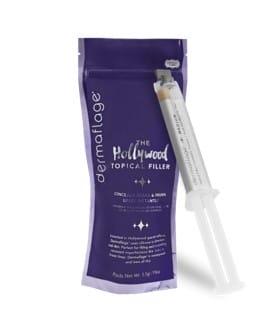
What are the Symptoms of Melasma on Face?
https://dermaflage.com.au/shop/dermaflage-scar-removal-starter-kit/ Dermaflage features a scar removal kit that includes an applicator, mixing tools, a texture pad, and clear instructions, providing a dependable 30-day supply of concealer for instant scar removal. This is a good place to start if you’re new to the process.
The scar removal kit is trusted by Hollywood’s leading makeup artists for acne scars, surgery scars, chicken pox scars, skin cancer scars, and many more. It
also works as a filler for deep frown lines. With it, flawless skin has never been more achievable.
Boost Your Confidence and Self-Esteem with Dermaflage
Dermaflage features a convenient and long-lasting solution for how to cover a scar with makeup. All our cruelty-free and dermatologist-tested concealer kits have a risk-free 100% money-back guarantee for your peace of mind. You also get free colour exchange anytime within 30 days of purchase if the product doesn’t match your skin.
Our scar concealer and scar treatment product is developed by professional makeup artists in Hollywood. It’s made to last over 10 hours under normal conditions, so you can show off your best features without feeling self-conscious. Shop now!

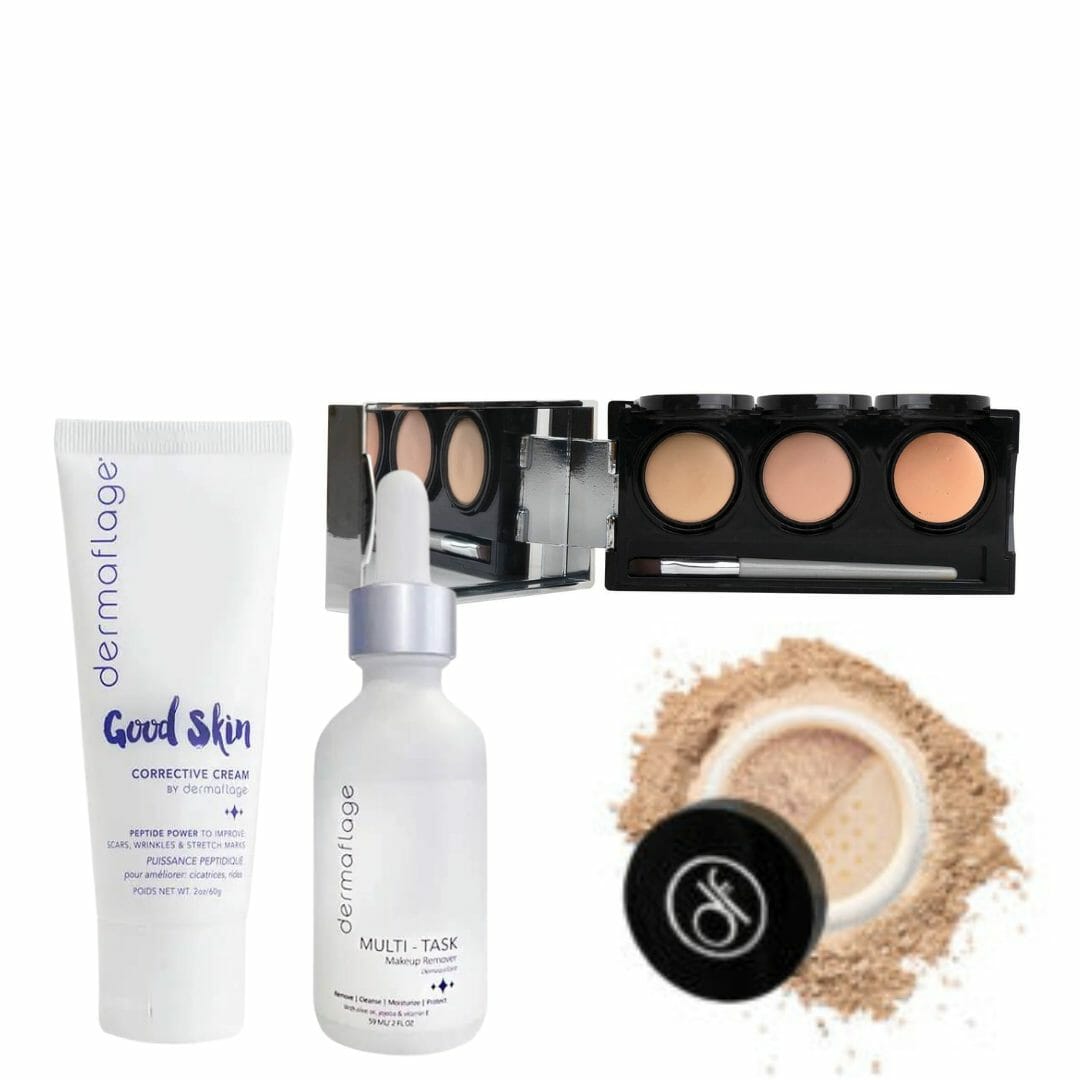
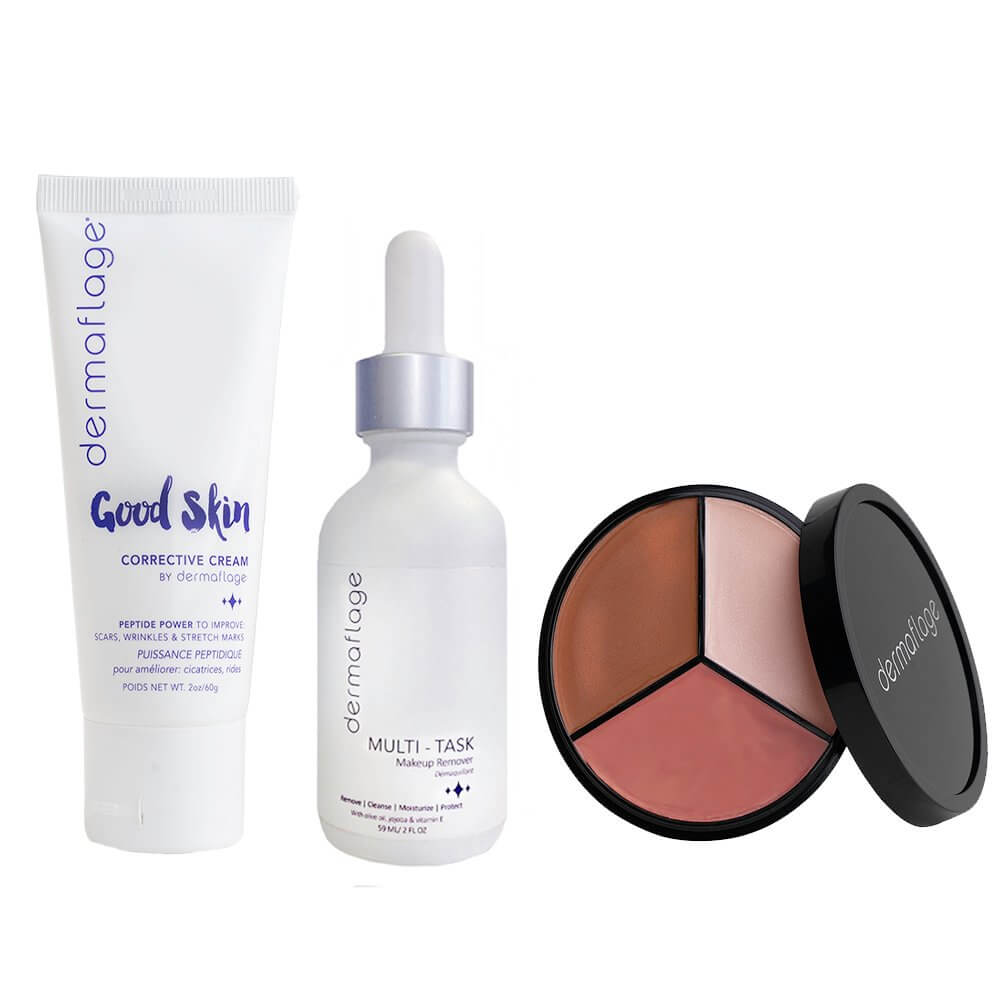

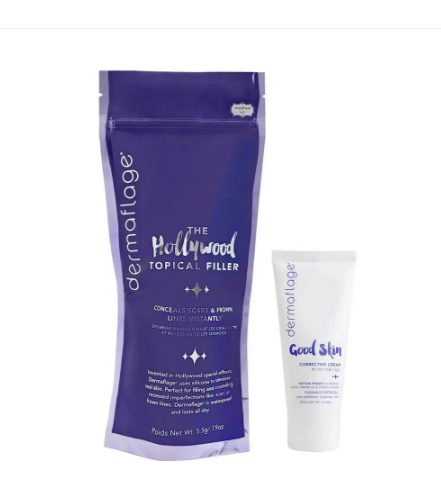


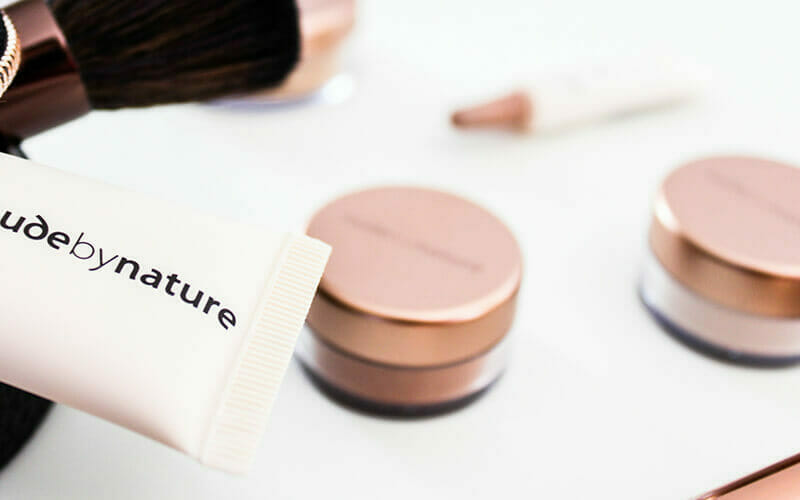




Leave a Reply
You must be logged in to post a comment.